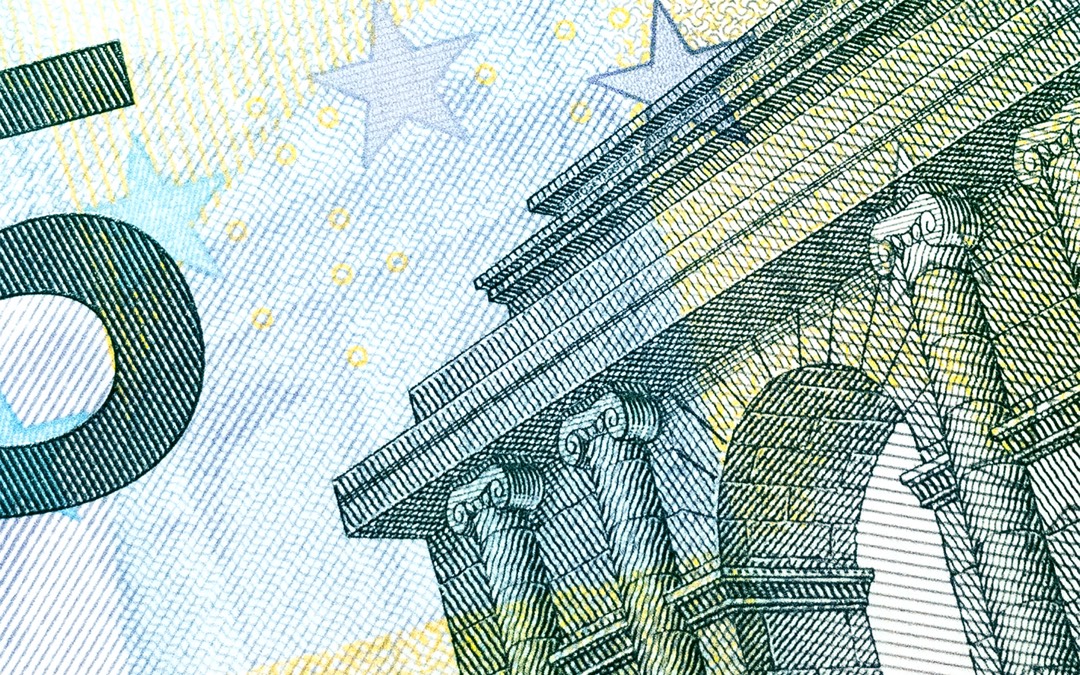Mark Finkelstein and Scott Miller
Section 284 of the U.S. Patent Act provides that if a defendant has been found to have infringed a patent, “the court may increase the damages up to three times the amount found or assessed” after a finding that the infringement was “willful.”
In 2007, the U.S. Court of Appeals for the Federal Circuit ruled that an infringement was willful, and therefore subject to treble damages, if the patentee proves that (1) the accused infringer “acted despite an objectively high likelihood that its actions constituted infringement of a valid patent,” and (2) the “objectively defined risk . . . was either known or so obvious that it should have been known to the accused infringer.”
But in June 2016, the Supreme Court unanimously struck down the Federal Circuit’s 2007 two-part test for enhanced damages awards. It held that it was “unduly rigid and . . . impermissibly encumbers the statutory grant of discretion to district courts,” and could allow unscrupulous willful infringers to avoid punishment through after the fact defenses conjured up by creative litigation counsel.
While declining to set forth a rigid formula for awarding enhanced damages, the Supreme Court did provide some guidance for when enhanced damages should be awarded. The Court stated that “[t]he sort of conduct warranting enhanced damages has been variously described in our cases as willful, wanton, malicious, bad-faith, deliberate, consciously wrongful, flagrant, or — indeed — characteristic of a pirate.” The Court also reduced the burden of proof for showing willfulness from clear and convincing evidence to a preponderance of the evidence, and limited appellate review of enhanced damage awards by requiring a showing of abuse of discretion by the trial court.
This ruling expands the opportunity to obtain enhanced damages, and together with the Supreme Court’s earlier decisions that eased the ability to show that a case is exceptional, paves the way for successful litigants to also recover their attorneys’ fees. Indeed, there has been a notable increase in the award of attorneys’ fees and enhanced damages to successful litigants under the new standard.
However, the Supreme Court cautioned that enhanced damages “are not to be meted out in a typical infringement case, but are designed as a ‘punitive’ or ‘vindictive’ sanction for egregious infringement behavior.” And the Court instructed judges to consider the knowledge of the defendant at the time of infringement, that is, facts the defendant knew or had reason to know at the time it acted. Accordingly, a defendant cannot escape liability for enhanced damages by relying on “his attorney’s ingenuity” in crafting a defense at trial that the defendant was not aware of at the time of infringement.
In a concurring opinion, Justice Breyer noted that the risk of treble damages can encourage companies to settle rather than investigate its activities, and cautioned that the more that businesses adopt this approach, the more often “a patent will reach beyond its lawful scope to discourage lawful activity.” Accordingly, he cautioned that treble damages should be carefully applied “to ensure that they only target cases of egregious misconduct.”
